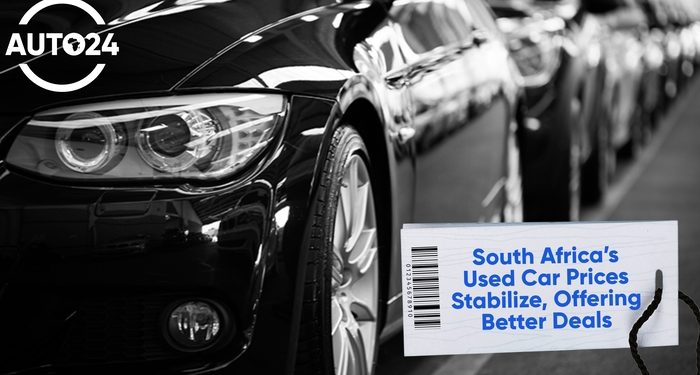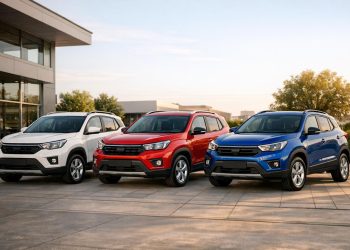The Rollercoaster Is Slowing Down
After two years of price surges and stock shortages, South Africa’s used car market is finally showing signs of stability. For budget-conscious buyers, 2025 brings something long overdue: predictability.
Whether you’re a first-time buyer, a trade-in veteran, or a dealership navigating the shift, here’s how the stabilising market is reshaping the car buying experience—and how to make the most of it.
1. Why Prices Are Finally Cooling Off
Used car prices soared post-pandemic due to supply shortages, chip crises, and a spike in demand. But in 2025, that trend is levelling out. Here’s why:
- New car production has normalised, easing pressure on the used market.
- Repossession volumes are up, leading to more stock at auctions.
- Dealer confidence has returned, allowing for more trade-ins and showroom turnover.
While prices haven’t crashed, they’ve plateaued—bringing opportunity for savvy shoppers.
2. Where the Best Value Lies
Not all price tags are equal. The best value in today’s market can be found in:
- Pre-owned cars between 3–5 years old: These hit the sweet spot for depreciation.
- Fuel-efficient hatchbacks and sedans: Demand is consistent, but prices are competitive.
- Low-mileage trade-ins: Buyers are more cautious, and some recent purchases are being re-listed.
Top brands holding strong in resale value include Toyota, Suzuki, Hyundai, and Ford.
3. What Buyers Need to Know Now
This isn’t 2022. Buyers can afford to take their time—but still need to be smart:
- Compare across platforms: Don’t settle for the first listing.
- Request full service histories and verification reports.
- Shop during month-end deals when dealerships are more open to negotiation.
- Pre-arrange financing—many buyers are still surprised by interest rates.
Stability doesn’t mean the same price everywhere. Knowledge is still your best bargaining chip.
4. Digital Tools Are Shaping Decisions
The used car buyer in 2025 has more tools than ever:
- Online valuations help you gauge market averages.
- Car history reports flag any red flags before you test drive.
- Fintech platforms streamline loan pre-approvals and insurance quotes.
Savvy buyers are pairing digital insights with in-person inspections to make informed decisions.
5. Dealerships Are Adapting, Too
Used car dealers are shifting their strategies to match new consumer habits:
- More transparency in pricing and vehicle condition.
- Increased trade-in incentives.
- Enhanced digital storefronts with video walkarounds and WhatsApp bookings.
The goal? Win back trust after a chaotic few years.
6. Caution Still Required
Despite stabilisation, there are still risks:
- Grey imports and non-dealer sales remain high-risk.
- Clocked odometers and falsified paperwork are still common in private sales.
- Hidden accident damage or undisclosed repairs.
Stick with reputable dealers and platforms whenever possible.
Conclusion: A Better Time to Buy—If You’re Prepared
2025’s used car market isn’t a buyer’s paradise—but it’s no longer a battleground either. Stabilising prices mean you can shop with more confidence, but the smartest deals still go to those who do their homework.
With the right tools, timing, and awareness, it’s possible to drive away with a deal that fits both your budget and your lifestyle.





